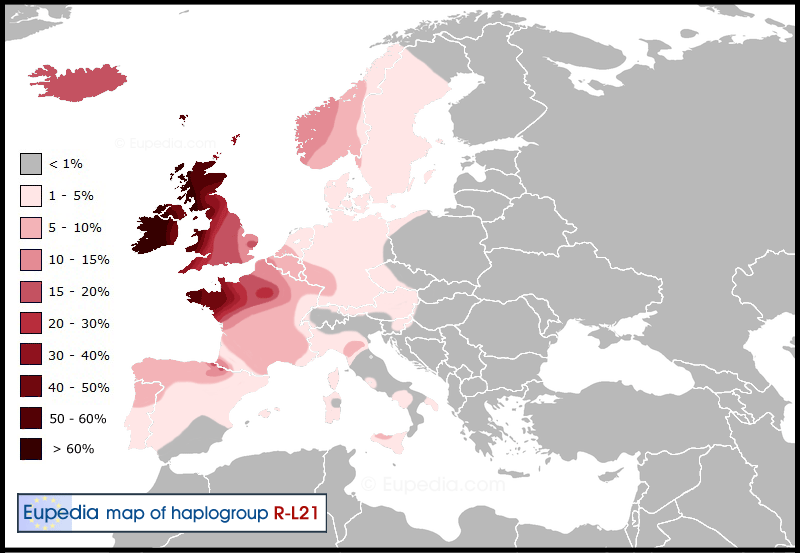Tomenable
Elite member
- Messages
- 5,419
- Reaction score
- 1,337
- Points
- 113
- Location
- Poland
- Ethnic group
- Polish
- Y-DNA haplogroup
- R1b-L617
- mtDNA haplogroup
- W6a
Angela,
Hinxton samples were an exception. Oakington samples showed evidence of mixing between Anglo-Saxons and Britons.
And remember that modern English people are no more than ca. 30% Anglo-Saxon, the rest of their ancestry is Celtic:
http://biorxiv.org/content/biorxiv/early/2015/07/17/022723.full.pdf

The statutes passed by the Anglo-Saxons against the Britons, and intermarriage with the Britons, and those of the Langobardi in Italy, could have come from some Jim Crow legislation from the American south. Horrific.
Hinxton samples were an exception. Oakington samples showed evidence of mixing between Anglo-Saxons and Britons.
And remember that modern English people are no more than ca. 30% Anglo-Saxon, the rest of their ancestry is Celtic:
http://biorxiv.org/content/biorxiv/early/2015/07/17/022723.full.pdf






